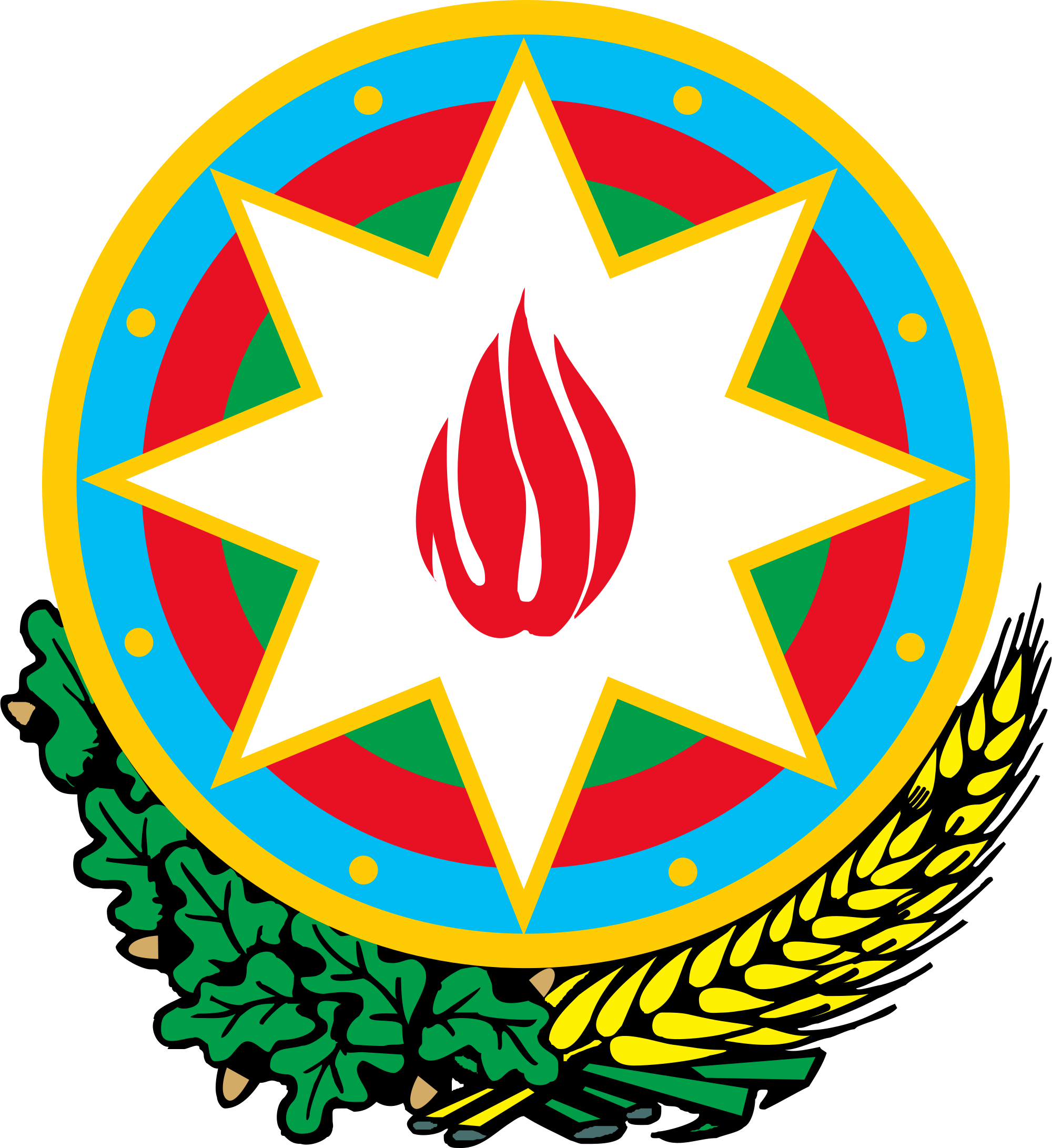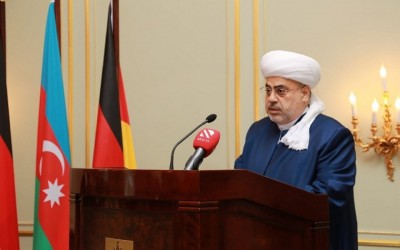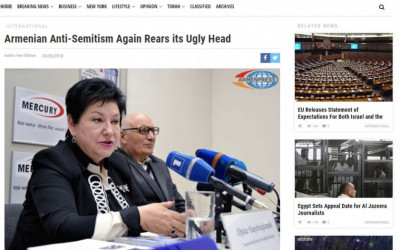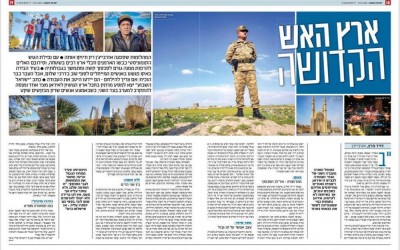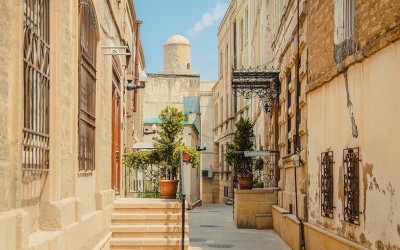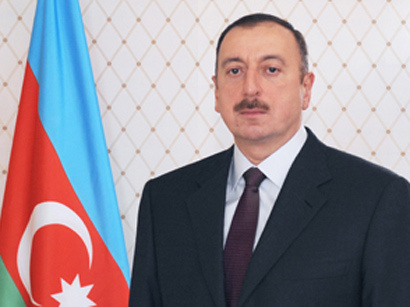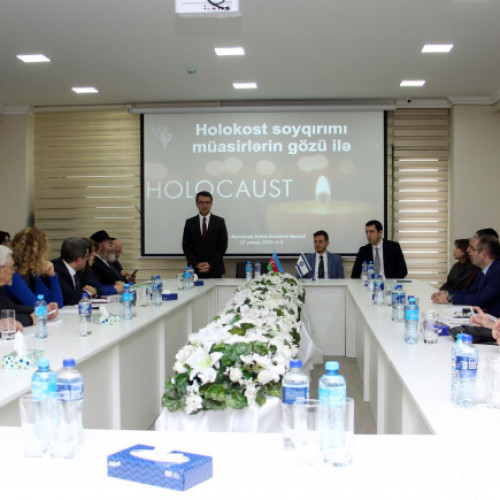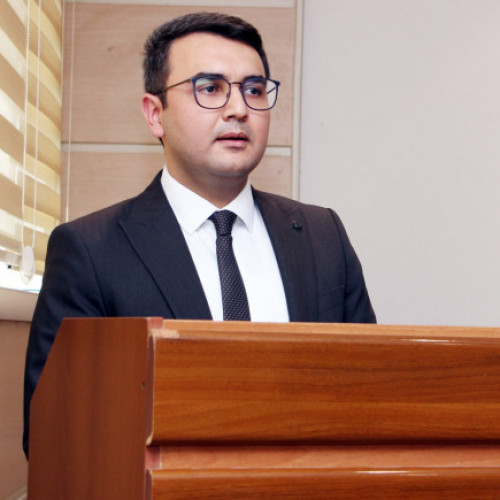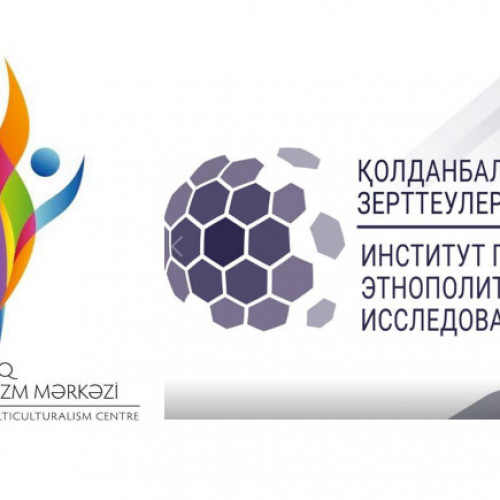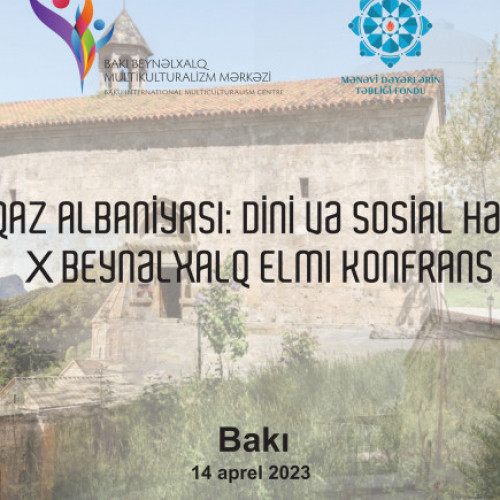A university researcher writes to the House about the story of Azerbaijani multiculturalism

Faisal Al-Daoudi explains the story of cultural and Azerbaijani pluralism, and how this country succeeded in establishing religious and cultural pluralism in a world ravaged by war and tensions in the name of religion. The following is the text of the article
Today we live in a world where minorities within many societies suffer from various forms of discrimination and persecution, often culminating in the killing of large numbers of people. Most countries in the world face conflicts, mostly ethnic or religious, because of which hatred and racial tide have grown, even in democratic countries.
Despite the change in scope, approach, different roots, and its motivations, the general rejection of those who participate in a different culture, race or religion persists in most of the Bekaa, yet there are positive examples of multicultural countries, where different groups meet and live, and equal rights are shared with others. Maintain their ethnic, cultural and religious identity within the entire system running smoothly. One of these is the Republic of Azerbaijan, where mutual respect among ethnic and religious groups is the predominant rule that has emerged from the heart of its multicultural society, reinforced by a wise policy based on the norms of international law of the late leader Heydar Aliyev, now supervised by President Ilham Aliyev, with the aim of protecting Multiculturalism and tolerance, and their development to serve the relations between the state and people and religions.
- What is "multiculturalism"?
In theory, "multiculturalism" symbolizes the existence and peaceful coexistence within the same society of multiple ethnic, religious or cultural groups that share traditions, values, behavior and customs.In a multicultural society, all groups have the right to formally express, promote and maintain their own characteristics.
Numerous studies and research have addressed models of "multiculturalism", and multicultural society systems have led most of them to believe that different social models of multiculturalism depend on either assimilation or isolation. The multicultural assimilation model resembles researchers as a "melting pot" where different groups live together but lose Its cultural identity is forced to assimilate the dominant culture and eventually all cultures become one. A hand from States has produced several tensions that have impeded the progress and proper integration of societies and have often been at the heart of the conflicts that plague our world today.
Theoretical definitions and descriptions may be too narrow to express the meaning of multiculturalism so that there is no better way to know a good multicultural society than to touch multiculturalism in a lived reality where people of different races, cultures and religions coexist peacefully and harmoniously.
- Sources of Azerbaijani multiculturalism
The Republic of Azerbaijan offers us a good and integrated model for cultural pluralism, while it is a Muslim-majority country that also hosts a large Christian community and represents more than just a safe place for Jews. There are 13 churches in Azerbaijan, 11 of which were built after the fall of the Soviet Union and there are 7 synagogues and more. Of the 2160 mosques, although the number of churches is less than the number of mosques, one of the first churches was built with important financial support by the famous Azerbaijani oil millionaire Haj Zainul Abidin Taghyev in 1909 as a means of strengthening the friendship between the different religious groups that were then living in Baku, capital of the country .
In this country between Europe in the West and Asia in the East, Christianity in the North and Islam in the South, which has always been the crossroads of different civilizations that have overlapped its territory, has developed and developed a distinctive model of multiculturalism that has made Azerbaijan one of the places where leaders of different religious communities meet. At the same table, they offer a common message and from the few Muslim countries where Shiite and Sunni Muslims pray in the same mosques, it is wonderful to see the model working, but it is better to understand what makes it work.The Azerbaijani model of multiculturalism is the result of a harmonious mix. Balanced between the distinctive history, location and geography of the country and wise politics.
The historical roots of the multiculturalism of Azerbaijan extend for centuries, during which the society of this country continued to reunite the mosaics of different ethnic and religious groups according to changing political and cultural sources of influence. Before becoming part of the Russian Empire during the 19th century, the territory of Azerbaijan was under the control and influence of the Persians. The fact that the Muslim majority embraces Shi'ism is a result of this influence.Moreover, despite the fact that this country was almost 100 years under the rule of the Russian Empire and its inhabitants were strongly influenced by the Orthodox influence and acquired Russian heritage, it did not spread and take root. Azerbaijani society as strongly as the Turkish and Persian heritage.
Following the disintegration of the Russian Empire, the Republic of Azerbaijan declared its independence for the first time in 1918, and only two years later became part of the Soviet Union in 1920. During this period, Azerbaijanis adapted to the principles of communism.
Azerbaijan's geographical position as a link between Europe and Asia and the crossroads of different civilizations played a major role in enriching Azerbaijani multiculturalism. This oil country has in turn contributed to the influx of foreigners from different parts of the world to work in this vital sector.
In fact, these historical and geographical factors have played a decisive role in determining and shaping the attitudes of the Azerbaijani people towards different cultures and religions. The influence of modern Western Europe and traditional East Asia has created a society in which all its members can preserve their cultural and religious identities, strengthen the spirit of tolerance and exemplify pluralism. Azerbaijani culture has become a way of life, living and coexistence for the people of this country.
- State policy
The success of the Azerbaijani model of multiculturalism is also likely due to the unique and modern openness of the Azerbaijani society which can be touched in many pioneering decisions. For gender equality, it was the first Islamic country to grant women the right to vote even before many European countries and to support their education by building schools for girls since the 19th century. But only blot is based on the principles of equality, freedom and peaceful coexistence among different ethnic components of society.
The Constitution of Azerbaijan, like many of the constitutions of modern states, states that every religion is equal before the law (Article 18), while the State guarantees equality and respect for the rights and freedoms of all regardless of race, sex, religion or language (Article 25). Expressing his opinion on religion (art. 48), in this context, state policy has created a community process based on a spirit of tolerance, respect and brotherhood between races and religions that can be seen and felt more than in many countries of the world, reinforced by a unique education policy that allows the teaching of languages. National minorities as part of the curriculum Most of the schools even if the language of a small mountain village, one Modern Azerbaijan presents itself to the world today as a center of multiculturalism and simplifies its wise policy in this field by organizing many events and events that show the country's openness to all cultures and religions.In May 2017, it hosted the 4th World Forum for Intercultural Dialogue in partnership with many famous international organizations such as Last year, UNESCO held the seventh edition of the United Nations Global Forum of the Alliance of Civilizations in Baku. Since 2010, Azerbaijan has presented the Baku International Humanitarian Forum annually, which brings together political, scientific and cultural elites for discussion. The most pressing problems of humanity. Currently, the model of Azerbaijani multiculturalism is taught under the supervision of the Baku International Center for Multiculturalism, which was established by the Presidential Decree of the President of Azerbaijan in 2014.
In the end, in this article we can not mention the Azerbaijani-Armenian problem, the Nagorno-Karabakh war, especially, we talk about tolerance in Azerbaijan, although this war is often referred to as ethnic conflict, but it is a territorial conflict over territory Azerbaijani, underscored by the legal and political settlement of the conflict based on the rules and principles of international law as set out in Security Council resolutions ( 822.853.874.884 ), in UN General Assembly resolution 62/243, as well as in relevant resolutions and documents of the OSCE. Europe, and other international organizations that came In response to the occupation of part of Azerbaijani territory.
Despite the conflict, some 30,000 Armenians still live in Azerbaijan, outside the Nagorno-Karabakh region, without hindrance and problems, confirming that the cause of the conflict is not ethnic.
Today Azerbaijan has learned a lesson that respect for religions, cultures and races leads us to create an environment, a multicultural society where fraternity and tolerance prevails among its members and its components, and provides us with this practical and distinctive model of multiculturalism that is unparalleled in the world through which it is made. They play important roles in the dialogue of world civilizations

